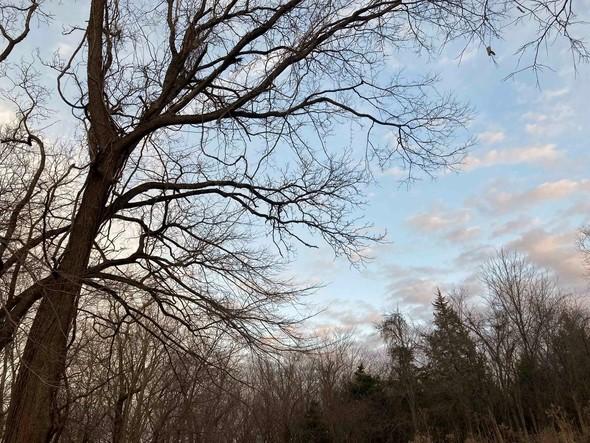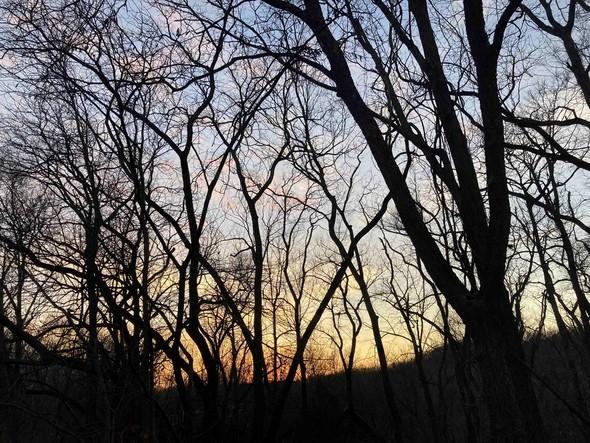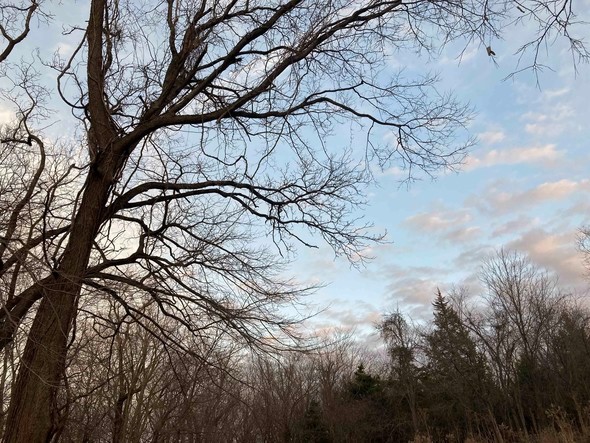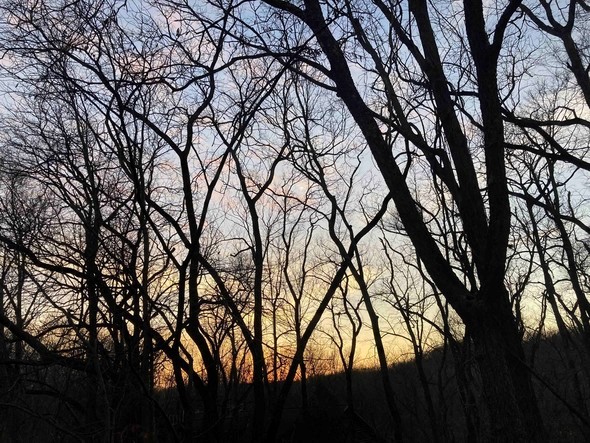
Xplor reconnects kids to nature and helps them find adventure in their own backyard. Free to residents of Missouri.


































Stay in Touch with MDC news, newsletters, events, and manage your subscription

Xplor reconnects kids to nature and helps them find adventure in their own backyard. Free to residents of Missouri.

A monthly publication about conservation in Missouri. Started in 1938, the printed magazine is free to residents of Missouri.






Kansas City, Mo. – Deciduous trees appear naked in winter when they drop their leaves, making them interesting in a new way. Limbs form sculpture-like crowns when observed at a distance. Closeup, the bark patterns and colors vary between species. The Missouri Department of Conservation (MDC) suggests that winter tree identification and observation can add nature’s artful variety to a winter hike.
Some people prefer winter hikes. Temperatures are cool. Pesky insects are few. The rock outcrops, hills, valleys, and creeks are more easily seen with foliage gone from trees and shrubs. Cedars and pines leave some green in place. But deciduous trees and shrubs reveal new shapes and patterns when they drop their leaves. Nature does a big reveal each autumn.
Keen observation is needed to enjoy winter trees. An old bur oak’s large and spreading limbs can be quite impressive if a hiker takes time to study them. The white and light-brown bark of a sycamore stands like a painting against a blue sky. Red skies at dusk and dawn, and moonlight, can make the crown patterns of trees stand out in a lovely way. The overall shape is clearly seen, but one can also follow the limbs up to the twigs and notice the complexity of a structure that in summer converts sunlight to wood by lifting leaves to the sky.
Some winter tree identification tips:
For more information about tree identification, visit https://short.mdc.mo.gov/Zbf. MDC conservation areas and nature centers often have trails or service roads that make good winter hiking destinations. To find a conservation area near you, visit https://short.mdc.mo.gov/Z4V.